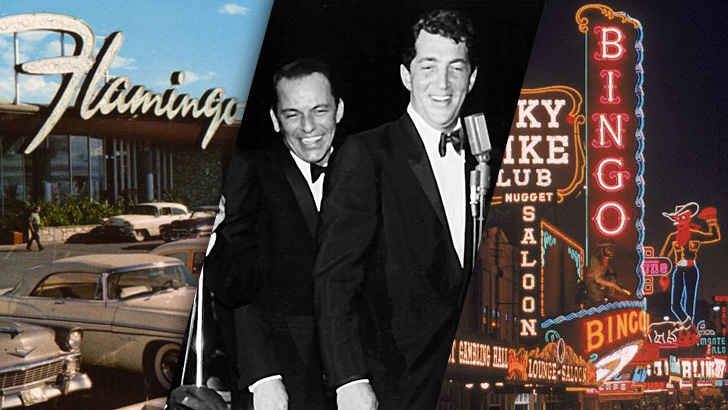Cryptic military bases and equipment have become seamless parts of nature, tourist attractions, toxic dumpsites, and technological testing grounds. Read ahead to see what they look like now.
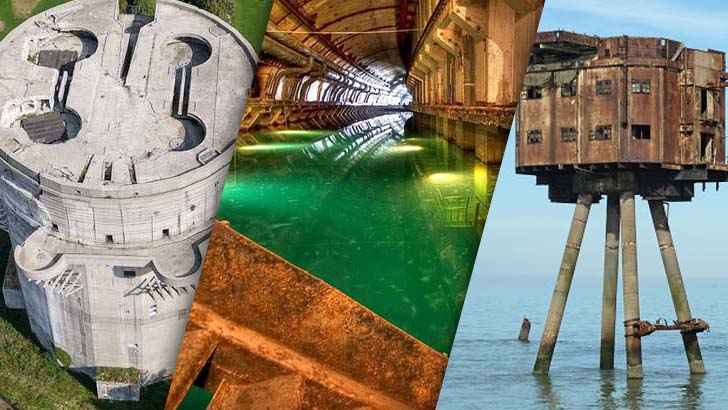
Shivering Sands Army Fort
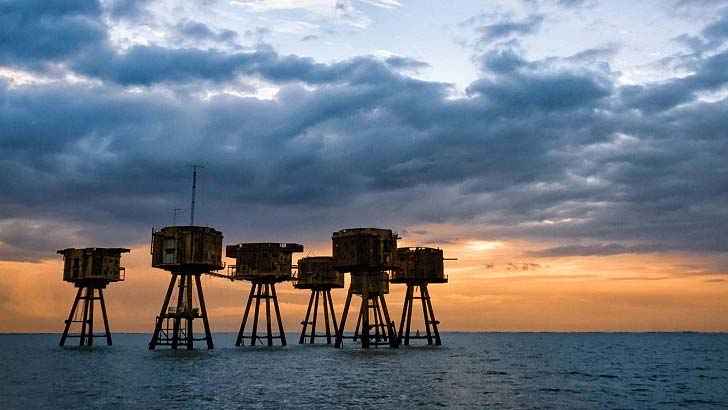
Shivering Sands Army Fort are interconnected towers built in 1943 near the Thames estuary north of Herne Bay. The towers were used as anti-aircraft defense and abandoned in 1958.
Ghost Fleet, California
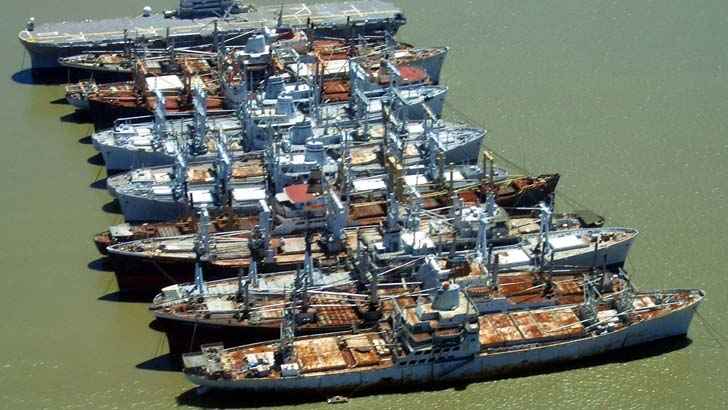
The Ghost Fleet of reserved ships for national emergency purposes and national defense is located in the Suisun Bay. Environmental groups and the state of California have raised concerns about the environmental impacts of the decaying fleet.
Maginot Line
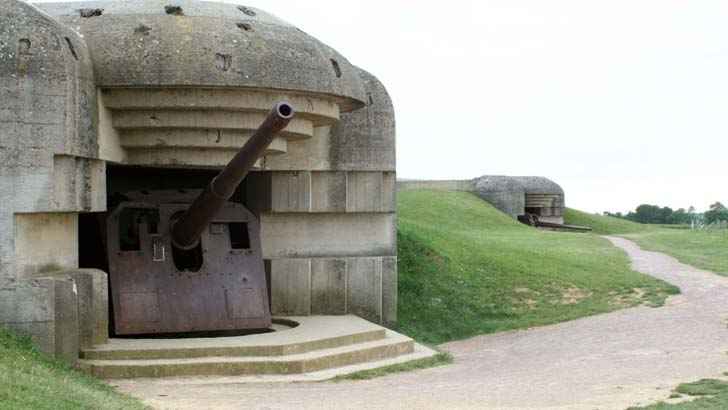
The Maginot Line was constructed by France in the 1930s as a line of concrete fortifications, obstacles and weapons installations on its borders with Luxembourg, Switzerland, and Germany.
12th Motor Rifle Division, Mongolia
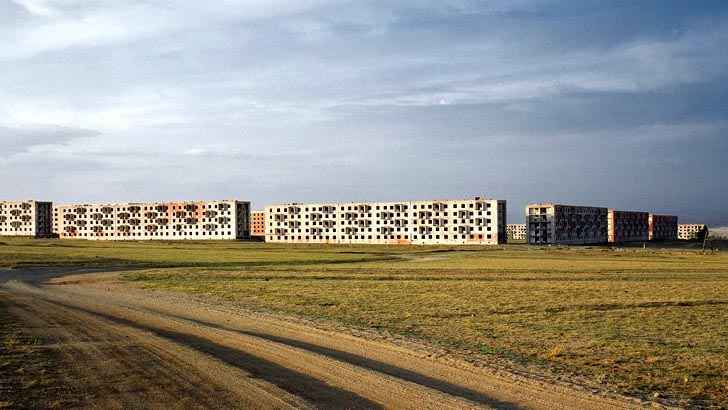
A twice formed motorized infantry division of the Soviet Army which first formation was in 1957. The base was disbanded in 1958 but in 1960 the division was reformed and relocated to Baganuur, Mongolia in 1979.
German Flak Tower
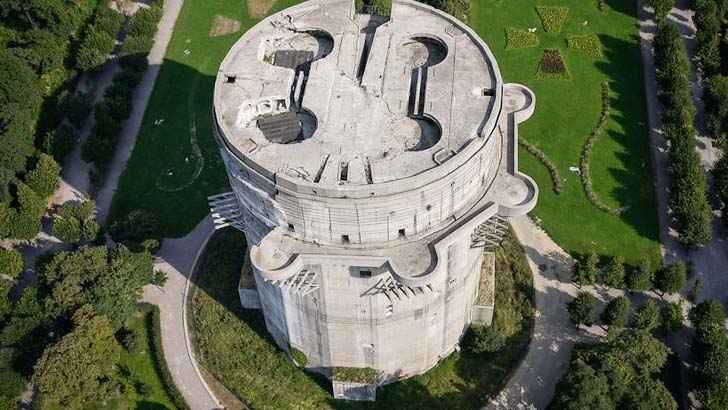
The Nazis constructed eight large complexes of above ground anti aircraft gun blockhouse towers in the cities of Berlin, Vienna, Hamburg, Stuttgart and Frankfurt in 1940.
Devil’s Slide Bunker
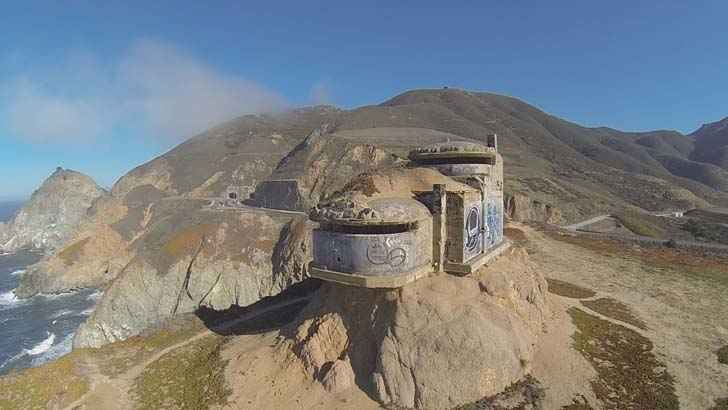
During WW2, Devils Slide was used as a military observation site and triangulation station for the harbor defense of San Francisco.
14th Submarine Squadron, Latvia
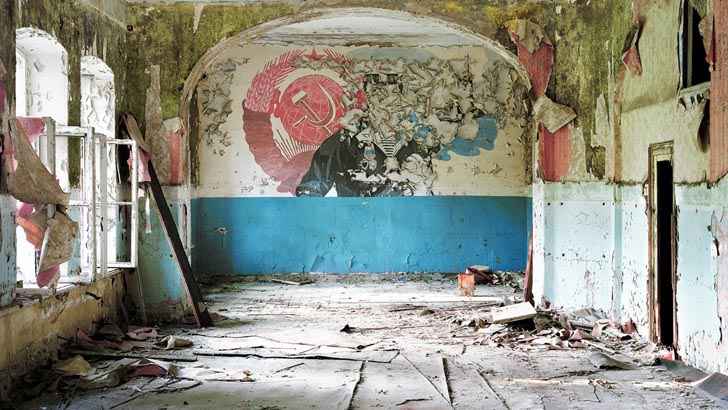
This base is located in Latvia and once housed the USSR’s Baltic Fleet but since has been looted.
Decommissioned Russian Military Vehicles
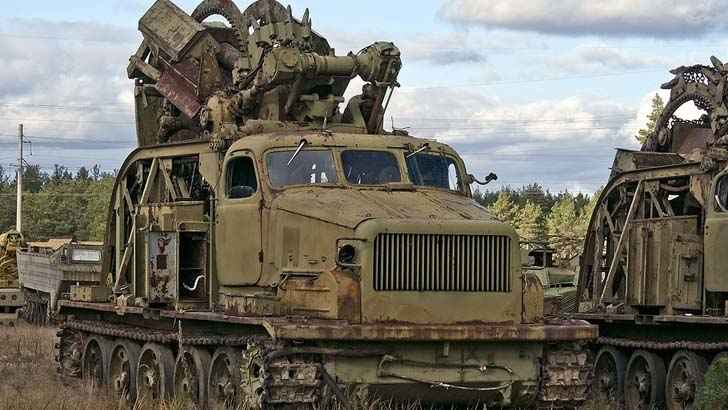
Scattered throughout Russia military bases are junkyards full of decommissioned vehicles, tanks and other weapons.
44th Independent Command and Measurement Complex, Kazakhstan
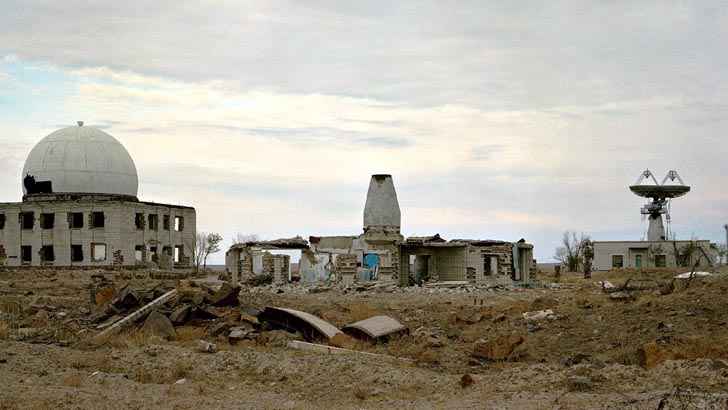
Built in 1956 to track Sputnik, the first Satellite put into orbit. Would become one of the USSR’s most sophisticated space observation bases.
Greenbrier Bunker
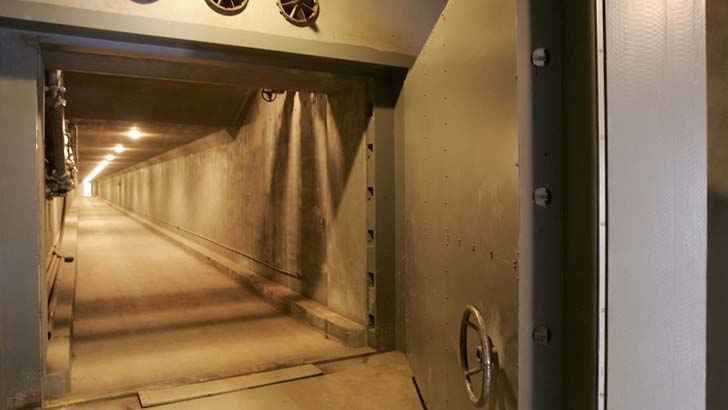
The Greenbrier Bunker was kept a secret for 30 years and hidden in West Virginia’s Greenbrier Resort as a massive bomb shelter stocked with supplies for members of Congress in the event of an emergency.
Object 825 GTS, Top Secret Balaklava Submarine Base
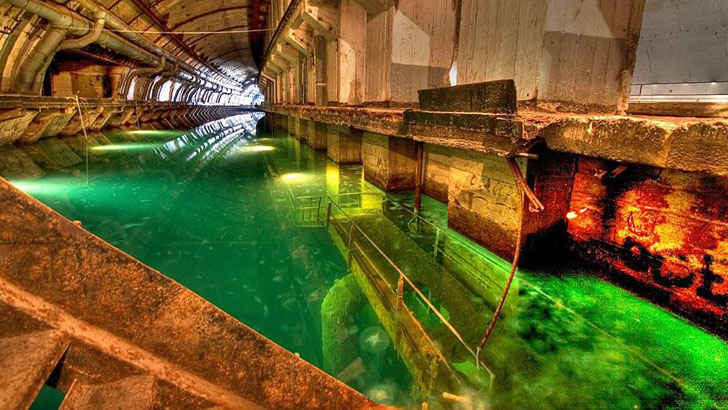
Built to withstand a nuclear attack and intended to maintain, house, and repair submarines of projects 613 and 622. An on site technical base with the codename Object 280 was designed for storing and maintaining a nuclear arsenal.
Hashima Island
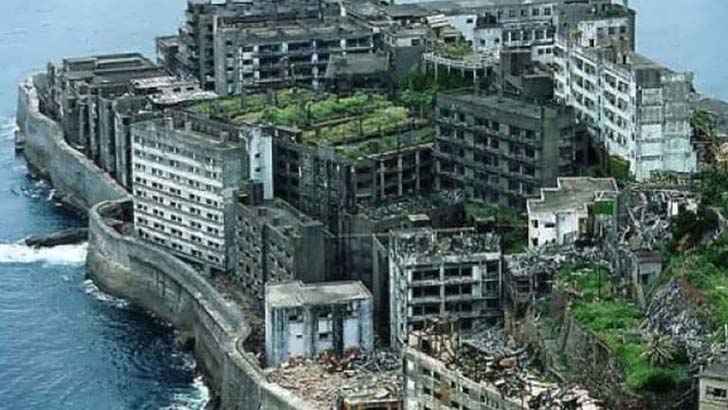
Established in 1887 and operated during the industrialization of Japan this 16 acre island is known for its undersea coal mines. It is now one of 505 uninhabited islands in Nagasaki Prefecture.
44th Mixed Air Corps, Mongolia
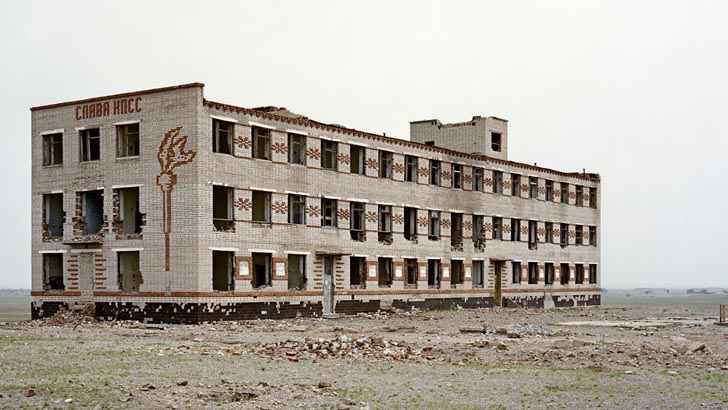
Soviet architects utilized standard design and geometry to design their economical military buildings. The words inscribed on the building read “Glory to Communist Party of Soviet Union.”
Pointe Du Hoc
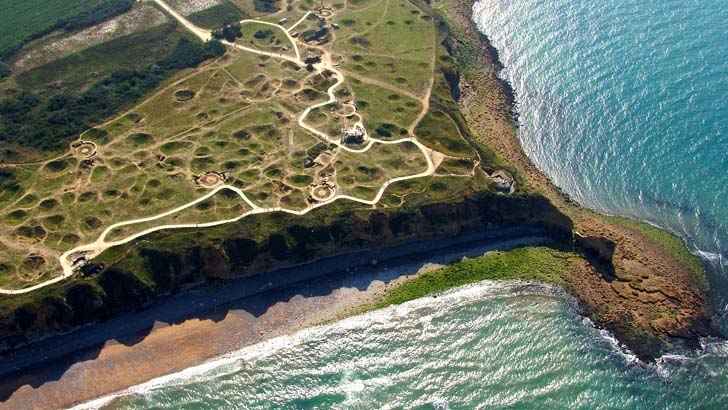
During World War 2, Pointe Du Hoc was the highest point between Omaha Beach and Utah Beach overlooking the English Channel. The area was fortified by the German army with gun pits and concrete casemates and captured on D-Day June 6th 1944 by the United States Army Ranger Assault Group.
Nekoma Pyramid
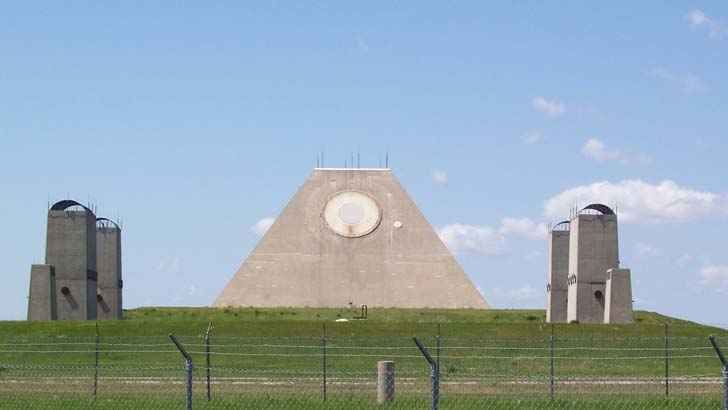
Located in Nekoma, North Dakota this massive complex of missile silos, surface to air missile launching silos, and a backscatter radar site designed to follow missiles being fired from Russia.
57th Division of Missiles, Kazakhstan

The Soviet’s defeat of the Nazis during World War II inspired paintings and artwork based on “The Great Patriotic War.”
109th Iman Fortified
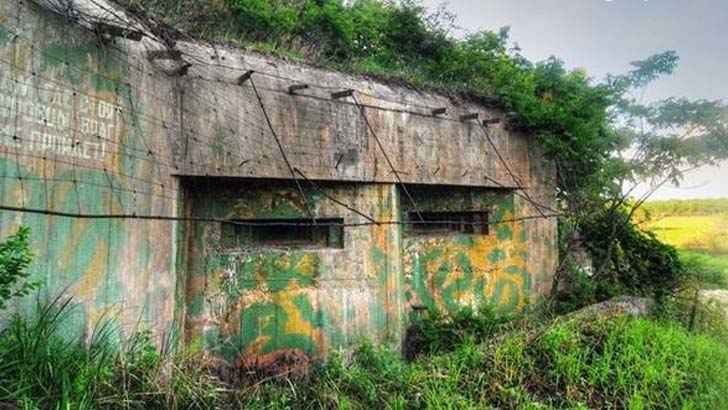
The 109th Iman fortified during WWII was targeted by the Soviet military’s bombs which today is still covered in barbed wire and graffiti.
126th Fighter Aviation Regiment, Mongolia
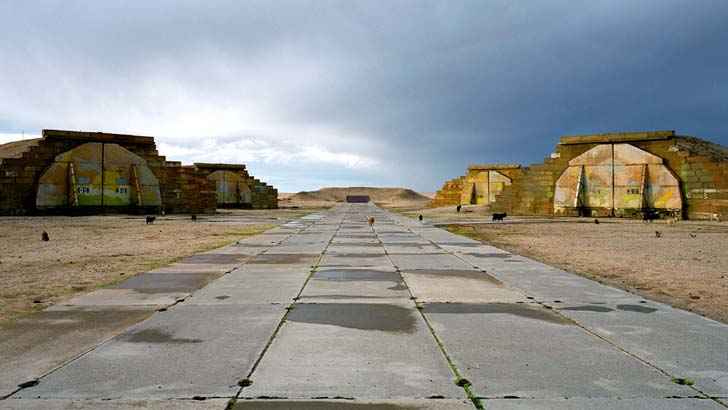
The bunkers, which now lie vacant, were built with reinforced concrete to protect fighter jets alongside the aircraft runway.
129th Independent Radar Center of Early Detection, Latvia
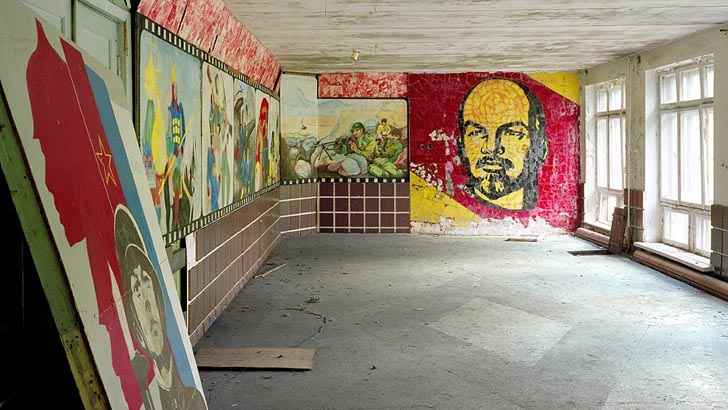
The Soviets commissioned Russian citizens with artistic talent to create works celebrating it’s leaders.
129th Independent Radar Center of Early Detection, Latvia
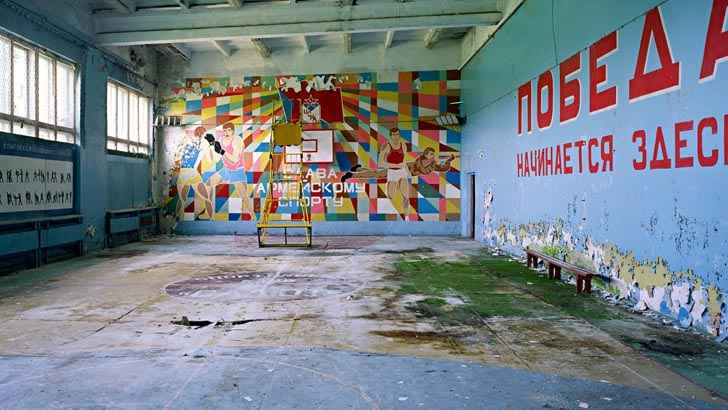
Latvia bases were abandoned by troops but the most valuable materials were taken and today there are 60 schools, gyms, clubs and apartment buildings still vacant.
Independent Guards Kerchensky Red Banner Reconnaissance Aviation Regiment, Poland
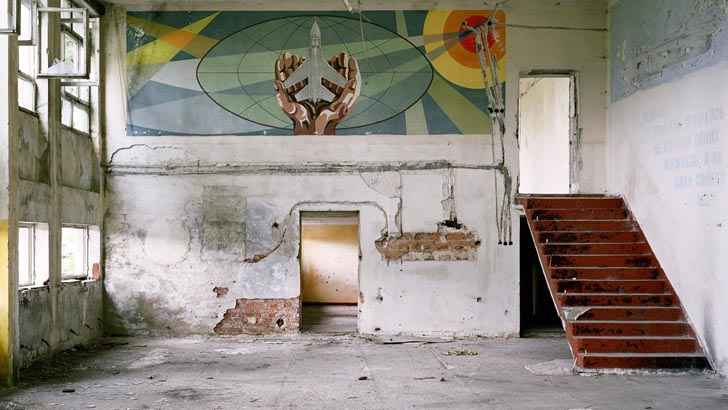
With an airstrip more than 1.5 miles long, this base accommodated different types of aircraft near the German and Czech borders.
677th Artillery Regiment, Mongolia
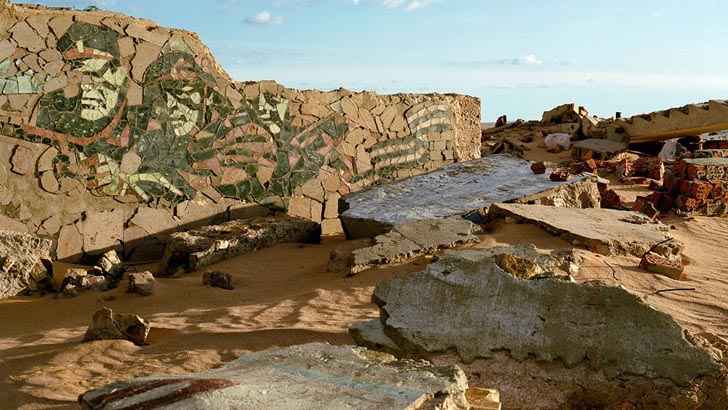
This ruined base is now disappearing into the desert sand on the northern border of the Gobi Desert in Mongolia.
Barnton Quarry
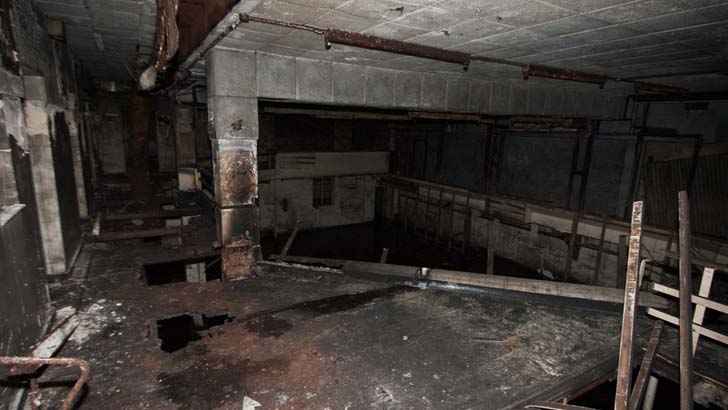
Built in 1952 as a Cold War nuclear bunker for the British Government and the Queen.
Beelitz Heilstätten Hospital

Built between 1898 and 1930. The German Imperial Army turned parts of the complex into a military hospital. Adolf Hitler was sent here in late 1916 to recover from his war wounds.
British Army Field Hospital, Ajax Bay, Falkland
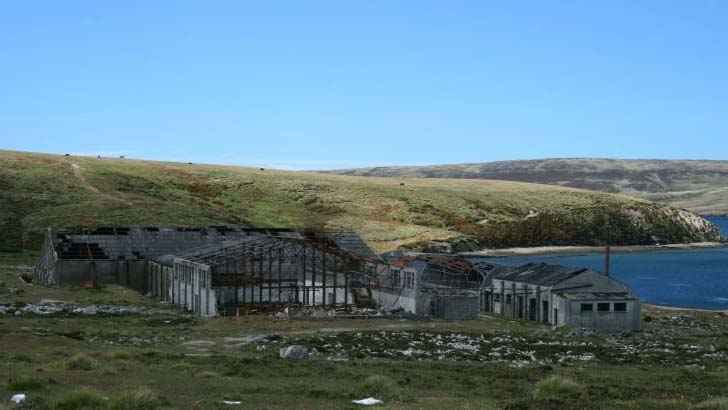
During the 10 week long Falklands War between Argentina and the United Kingdom the concrete structure played a crucial role in 1982.
Bunker of Jastarnia
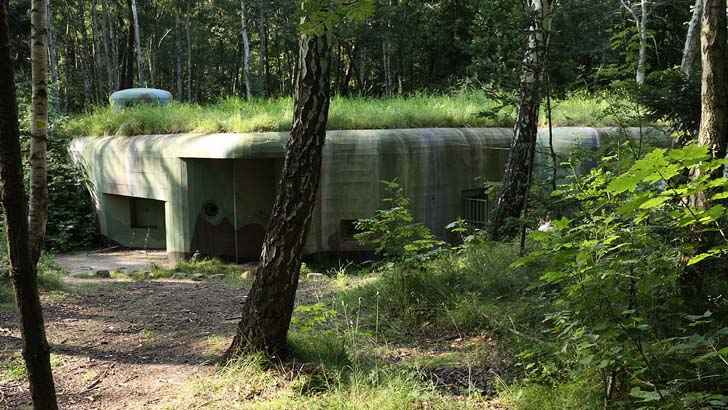
This heavy duty bunker for machine guns located in Poland currently serves as a camping and windsurfing site now.
Cape May Bunker, Battery 223
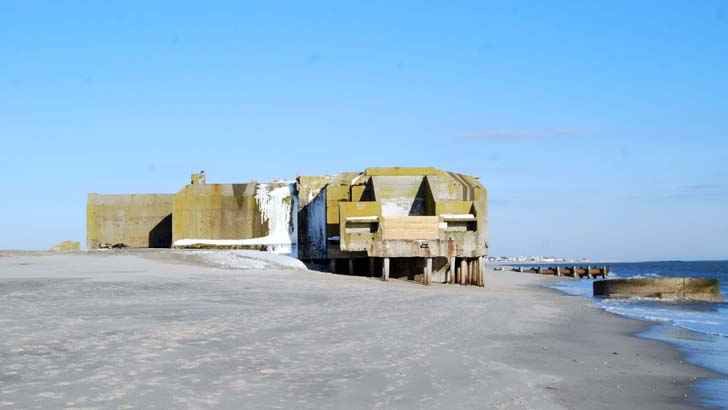
Completed in 1943, this harbor defense battery was added to the National Register of Historic Places in 2008. Part of the effort to address the advances of offensive and defensive technology located in New Jersey.
Concord Naval Weapons Station, California
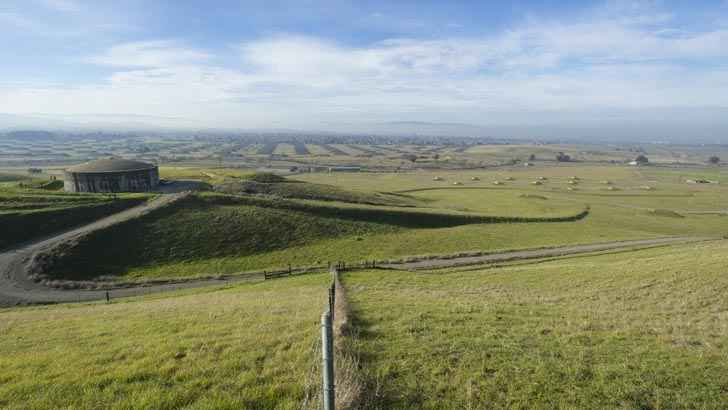
Also known as the GoMentum Station, a test area for self driving cars. Originally established (1942) north of the city of Concord, California.
Duga 3
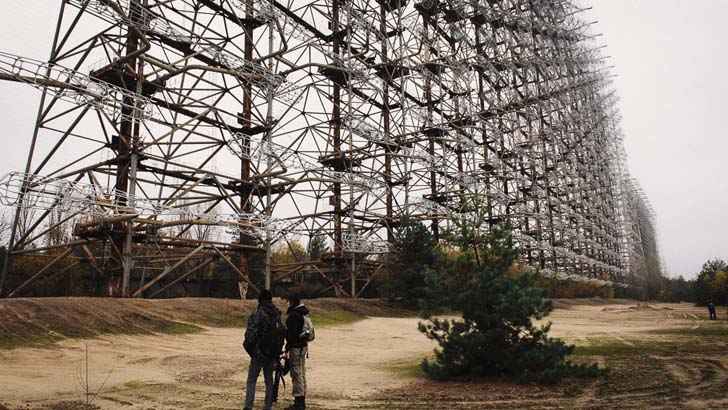
A Soviet Over The Horizon (OTH) radar system used as part of the soviet ABM early-warning network. Duga systems often appeared without warning and broadcasted powerful short wave radio bands.
Fort Ord
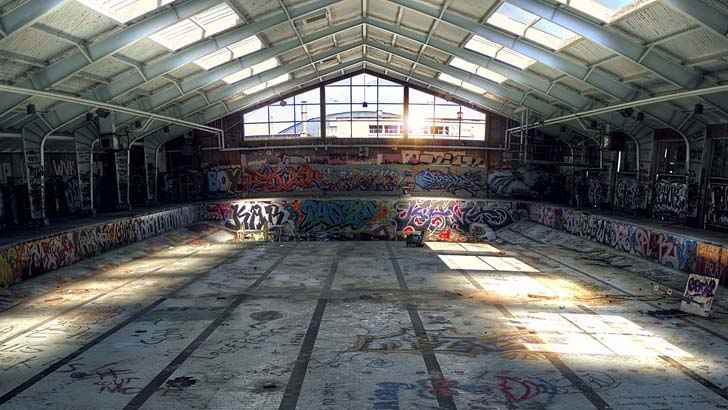
Fort Ord, a former United States Army post on Monterey Bay, California was closed in 1944, and is now converted for civilian use. Part of the retired base has been set aside as a nature reserve for conservation of endangered species.
Fort Tilden
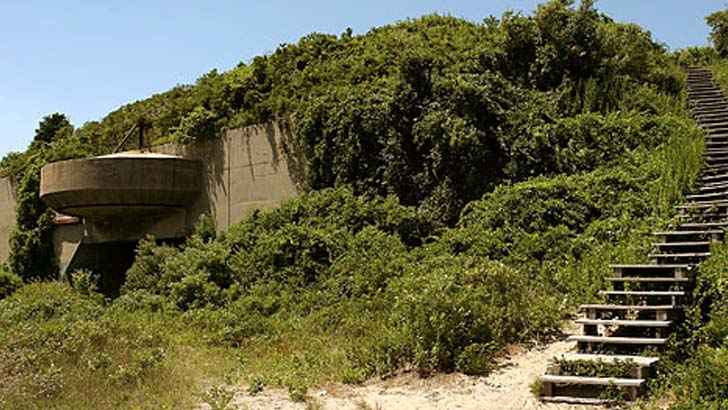
A retired United States Army installation on the coast in the New York City borough of Queens. Fort Tilden is an important nesting area for some endangered species of animal.
Gas Masks, Sabotaged 649th Independent Space Objects Radio Intelligence Center, Latvia
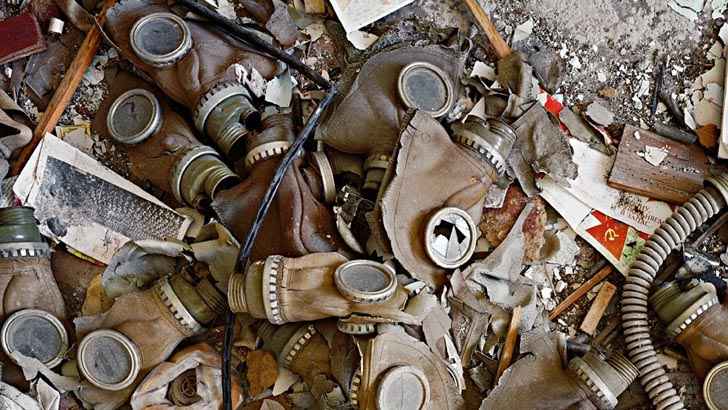
Starting in 1970 standard gas masks were issued to all Soviet citizens.
Gori Military Bases
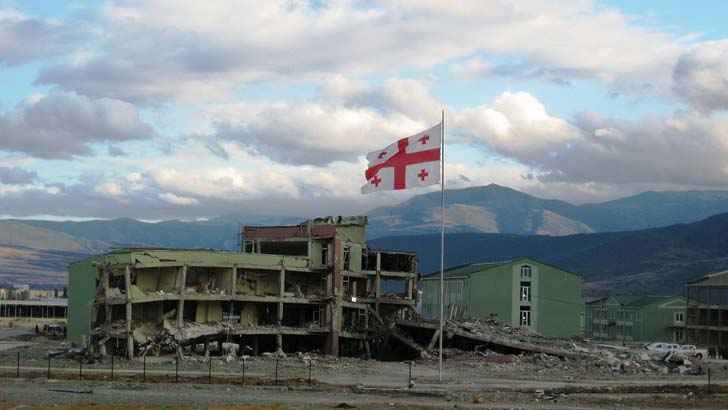
In the middle ages, Gori was an important military stronghold. Due to its location on the principal highway connecting eastern and western parts of Georgia the area maintains strategic military importance.
Johnston (Kalama) Atoll
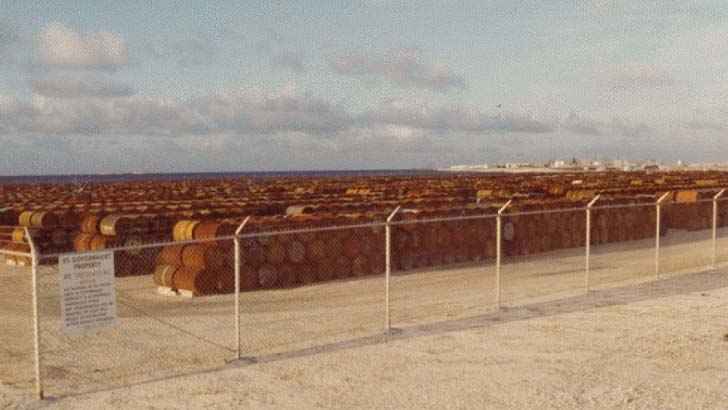
This secret airbase was used for all types of purposes including nuclear and biological weapons testing, naval refueling depot, disposal site and today as a bird sanctuary.
Monte Moro
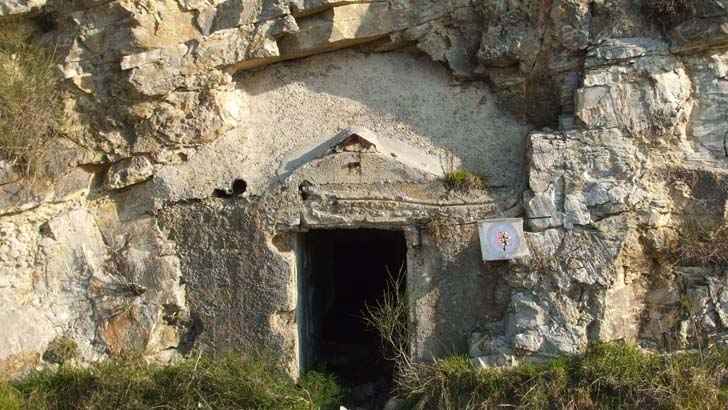
Monte Moro Battery was one of the main defense bunkers constructed to protect the Gulf of Genoa in Italy and used for holding ammunition during WWII.
RAF Hethel
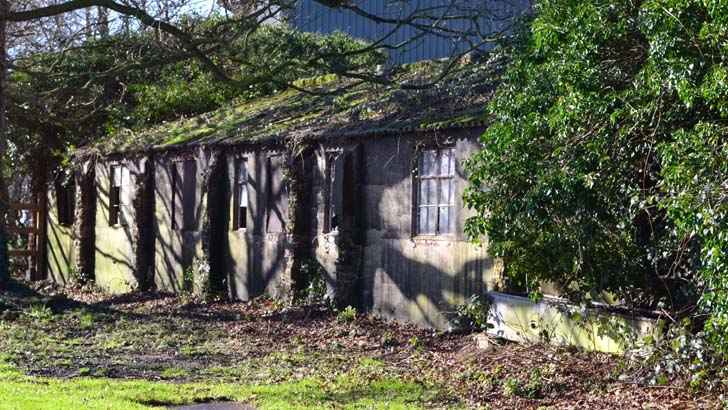
RAF Hethel was a former Royal Air Force Station which was used by both the United States Army Air Forces and the Royal Air Force during World War 2.
2nd Guards Tank Division, Mongolia
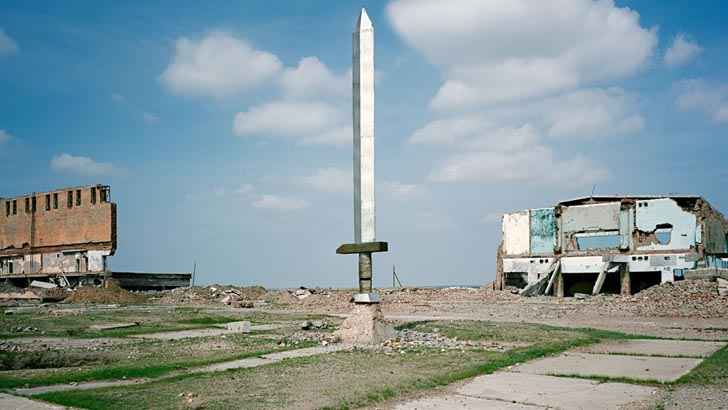
A Red Army armoured formation that was active in World War 2 on the Eastern Front. Members of the Corpos are responsible for the notorious Nemmersdorf Massacre in 1944.
RAF Heyford
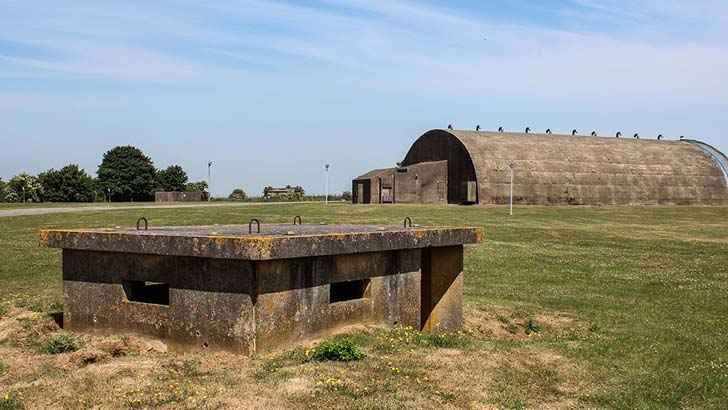
RAF Heyford was used by the Royal Flying Corps in 1916 and served as a base for the US Air Force during the Cold War. Private pilots were required to contact the base controllers on a special frequency when flying past or overhead.
41st Motor Rifle Division, Mongolia
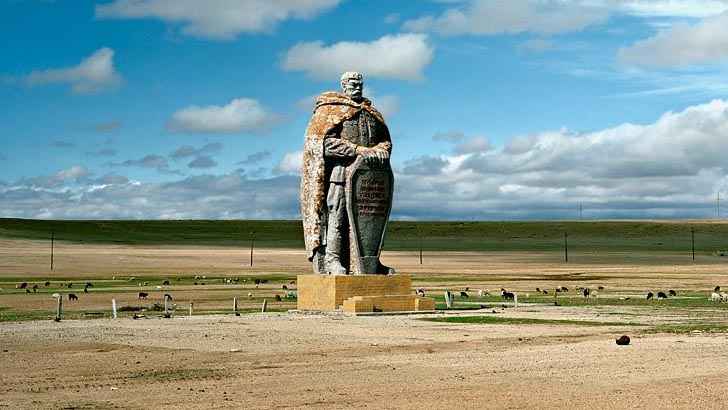
The base of the statue which symbolized the all-powerful Soviet Empire has an inscription that reads “All that was built by the people, must be imperatively defended.”
RAF Lympne
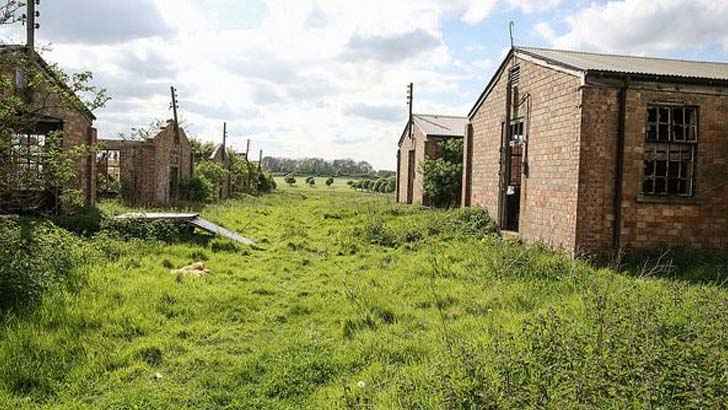
Taken over in 1940 by the Royal Air Force. RAF Lympne was heavily bombed during the Battle of Britain and was to have been the landing point for a German aircraft in a plot to kidnap Adolf Hitler.
Titan 1 Missile Silo
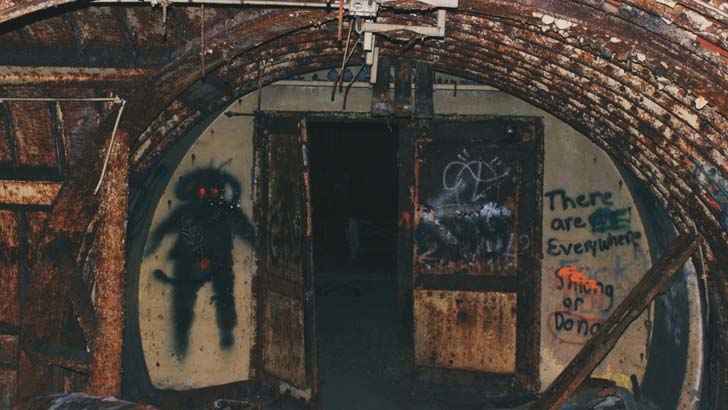
The United States developed the Titan 1 missile complexes and designed to carry nuclear warheads. The missiles were removed and decommissioned in 1965.
RAF Stenigot
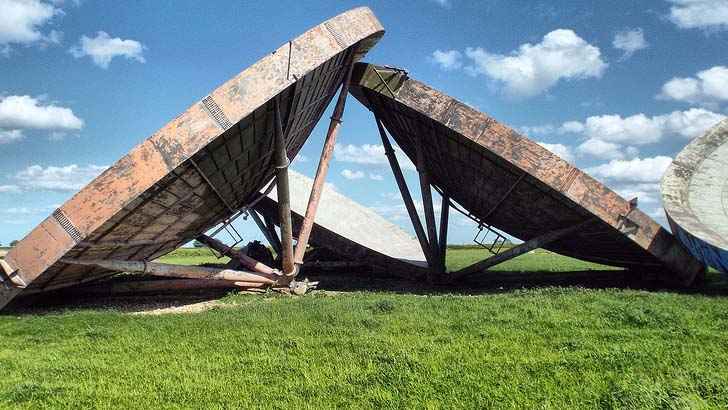
RAF Stenigot was a World War 2 radar station, part of the Chain Home radar network.
Russian Jet
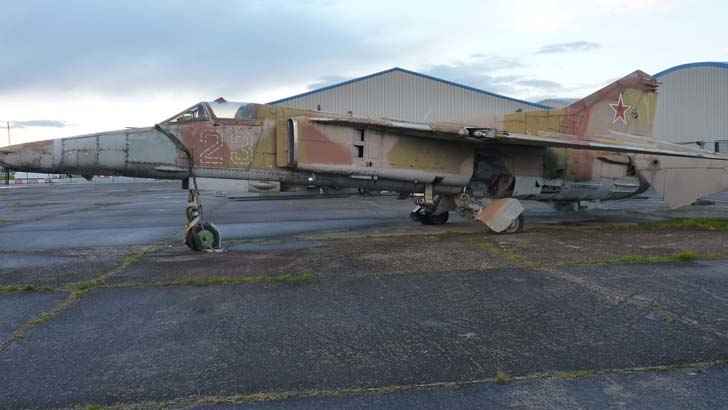
A Russian jet abandoned on an air force base and fully decommissioned.
Saint Nazaire
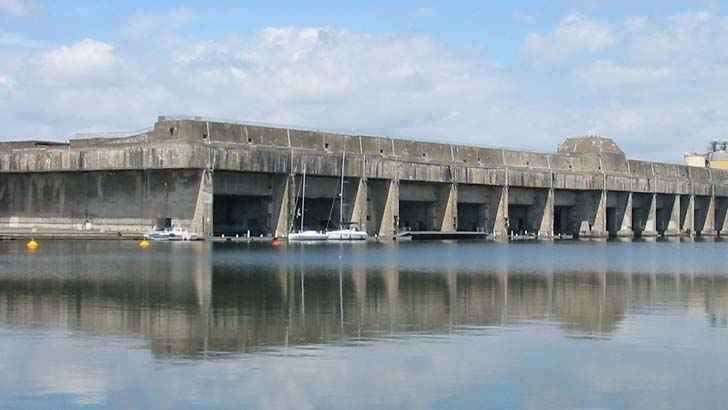
During World War 1, the United States developed the town and port infrastructure of Saint Nazaire to become an important unloading port of the allied troops.
WW2 Submarine Wreckage
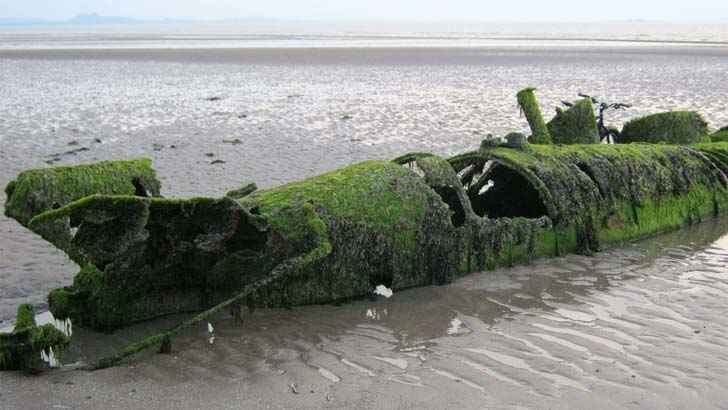
WW2 X-Craft class midget submarine wreck in Aberlady Bay, Scotland.
Željava Air Base

Željava Air Base was constructed in 1948 and completed 1968. It was once the largest underground airport and military air base in the former Yugoslavia and one of the largest in Europe.

























































